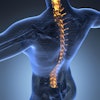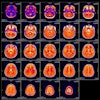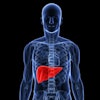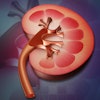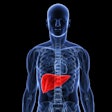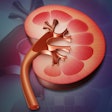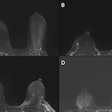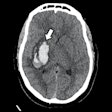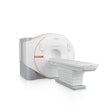Functional MRI (fMRI) indicates that 25% of unresponsive brain injury patients can still perform cognitive tasks, according to a study published August 14 in the New England Journal of Medicine.
The phenomenon is called cognitive motor dissociation, wrote a team led by Yelena Bodien, PhD, of Massachusetts General Hospital and Harvard Medical School, both in Boston. It has not been fully studied in individuals with "disorders of consciousness" (i.e., coma, vegetative, or minimally conscious states).
"The results of our study, which used neuroimaging and electrophysiological techniques, indicate that cognitive motor dissociation is more common than previously realized," the group noted. "Although task-based fMRI and EEG are not yet widely available for the clinical assessment of disorders of consciousness, the knowledge that cognitive motor dissociation is not rare should prompt further study to explore whether its detection can lead to improved outcomes."
Identifying cognitive motor dissociation is crucial to making decisions about coma patients' treatment, Bodien and colleagues explained, and its discovery has been associated with better recovery and outcomes a year after injury.
"Evidence of cognitive motor dissociation may prompt more thorough investigation of subtle behaviors that are under volitional control, uncovering potential avenues for communicating with the patient and respecting their autonomy," they wrote.
The investigators conducted a study that included clinical, behavioral, and task-based fMRI and EEG data from 353 adults. Of these, 241 were in coma, vegetative, or minimally conscious states. They assessed these patients' responses to commands and compared them to participants with observable responses to commands using the Coma Recovery Scale-Revised (CRS-R); information from fMRI or EEG only was available for 65% of the participants, while information from both fMRI and EEG were available for 35%. The median patient age was 37.9 years, and the median time between brain injury and CRS-R assessment was 7.9 months (although 25% of patients were assessed within 28 days after sustaining the injury).
The authors found cognitive motor dissociation in 25% of patients without observable response to commands; 11 of these were evaluated with fMRI only, 13 with EEG only, and 36 with both exams. The phenomenon was associated with younger patients with cognitive motor dissociation compared with those without it (30.5 years vs. 45.3 years) and longer time since injury (10.7 months vs. 4.3 months). Bodien and colleagues noted that the percentage of participants with cognitive motor dissociation was five to 10 percentage points higher in their study than in previous studies.
Standardized behavioral evaluation "remains the reference standard for detecting a response to commands at the bedside, the use of task-based fMRI and EEG can improve detection, and the use of both imaging techniques appears to be a more sensitive approach than the use of one of the techniques alone," the group explained, but identifying cognitive motor dissociation is key to better patient care.
"Identifying that a patient who otherwise appears to be unconscious has the capacity for cognitive processing may mitigate emotional harm when the patient’s clinical team and family recognize that the patient is aware and treats the patient as such," it concluded.
The complete study can be found here.

